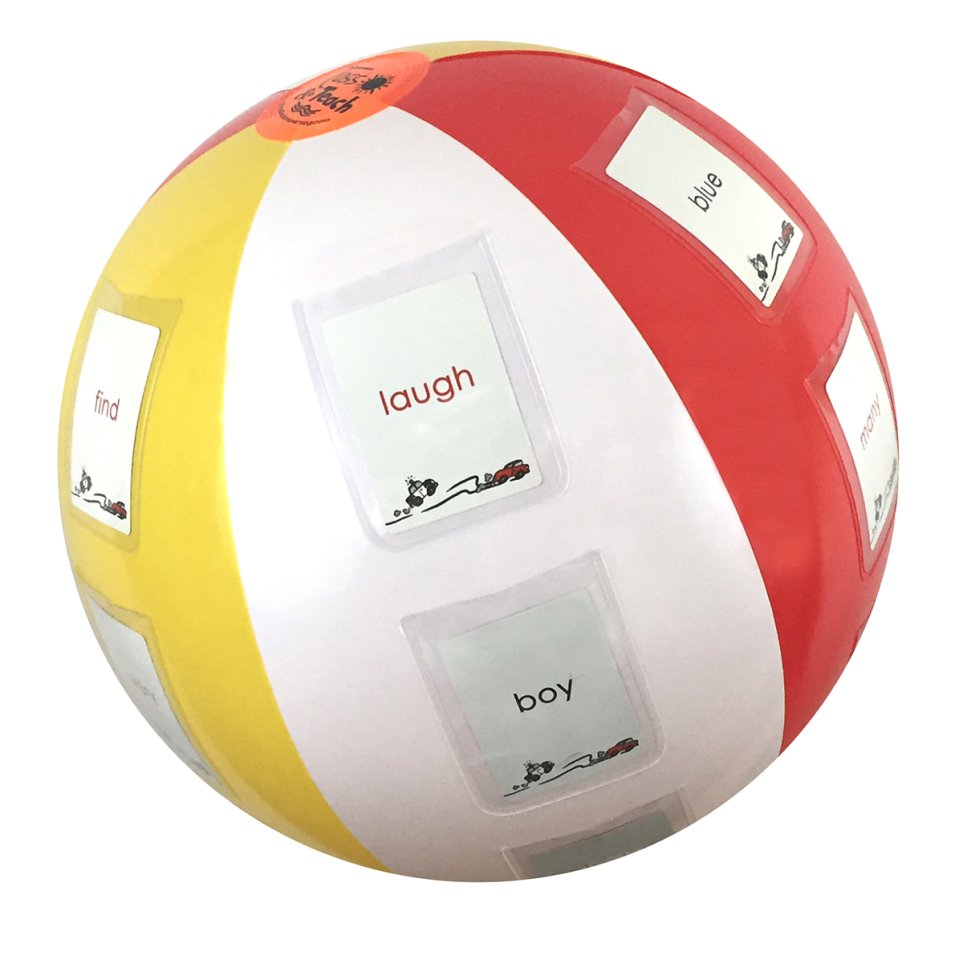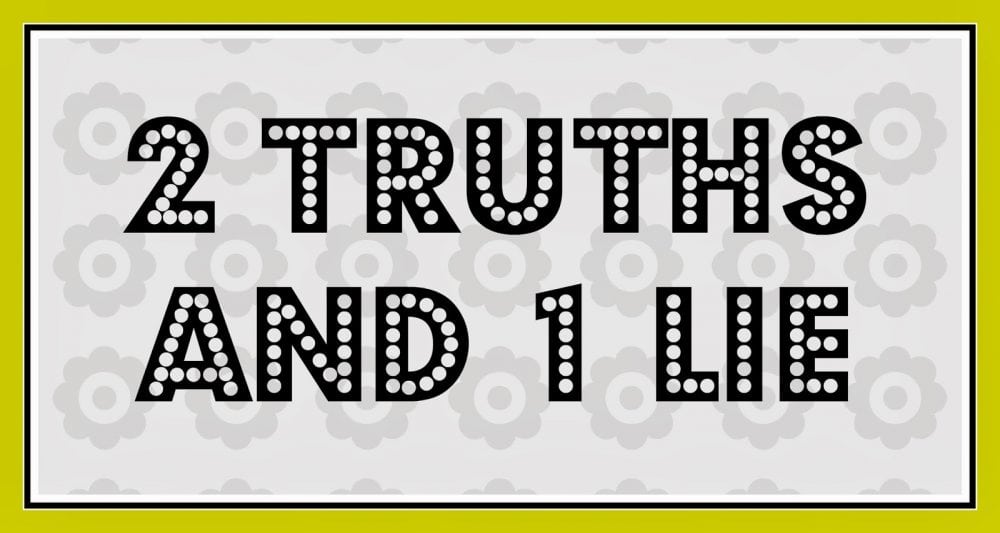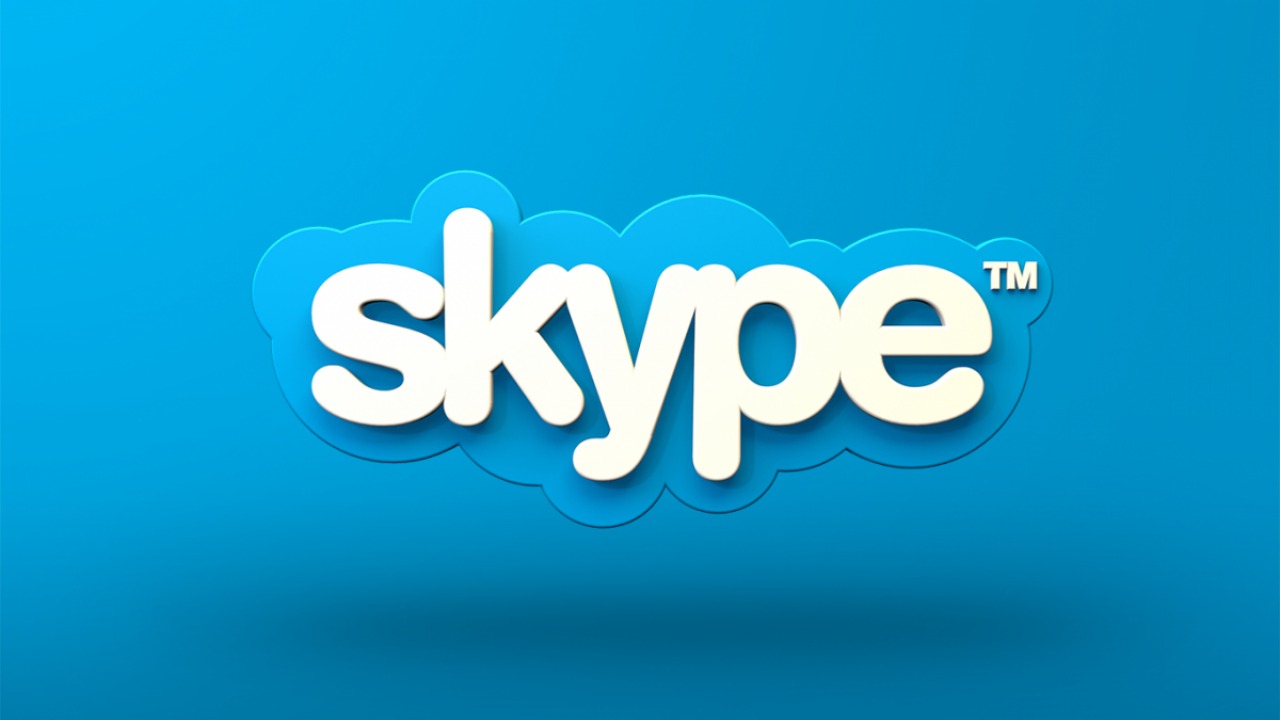
Group 2's lesson on gravity went very well. They were able to fulfill both of their direct and inquiry lessons. In their direct lesson they used a program called Mentimeter, which I thought was an absolutely brilliant idea. Mentimeter helped guide them through their lesson and kept the students engaged during it. As my colleagues were teaching and providing information to the students, Mentimeter prompted the students with questions for them to answer. The questions being prompted from Mentimeter had me confused and I was unsure if my colleagues were pre-assessing or if they were checking for understanding, but Alyssa had stated that they way they had their PowerPoint set-up, was for both lessons, so the confusion was cleared up. The only suggestion I have for them, was to incorporate transitions into their lesson, other than that they did an exceptional job!
I loved how they set-up stations and utilized more than one room for their inquiry lesson. This idea of separation really helped with keeping the kids focused, engaged, and made for less distractions. Each teacher fulfilled the 5 E's perfectly and the students really enjoyed each experiment at each station. My colleagues had great classroom and time management skills, they were able to stay on task and control the students by regaining attention without any issues. I liked how they brought the students together at the end to go over what they accomplished at each station and I thought the extra packet of experiments was a nice touch for the students to leave with. Overall, I really enjoyed this lesson.
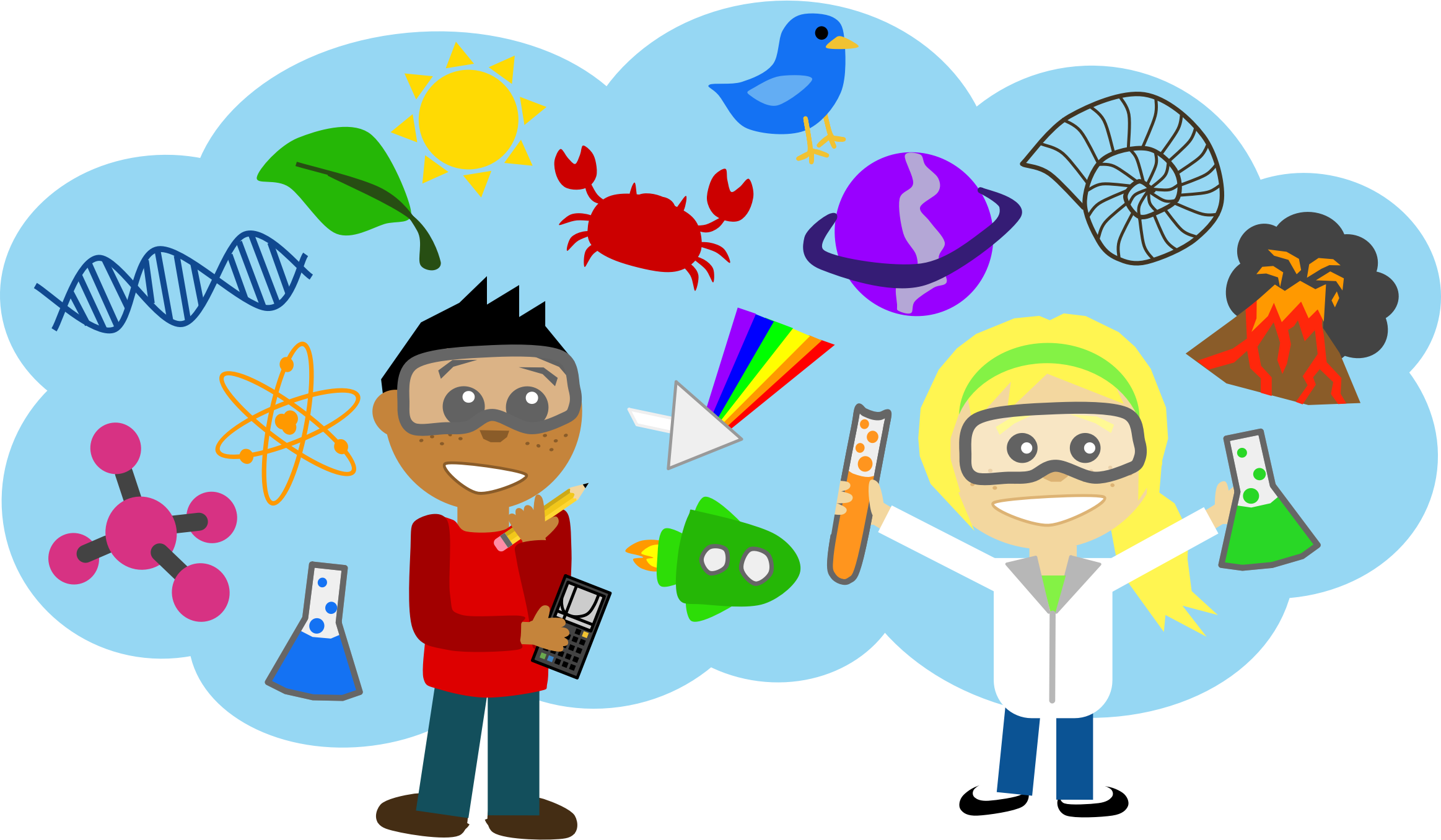

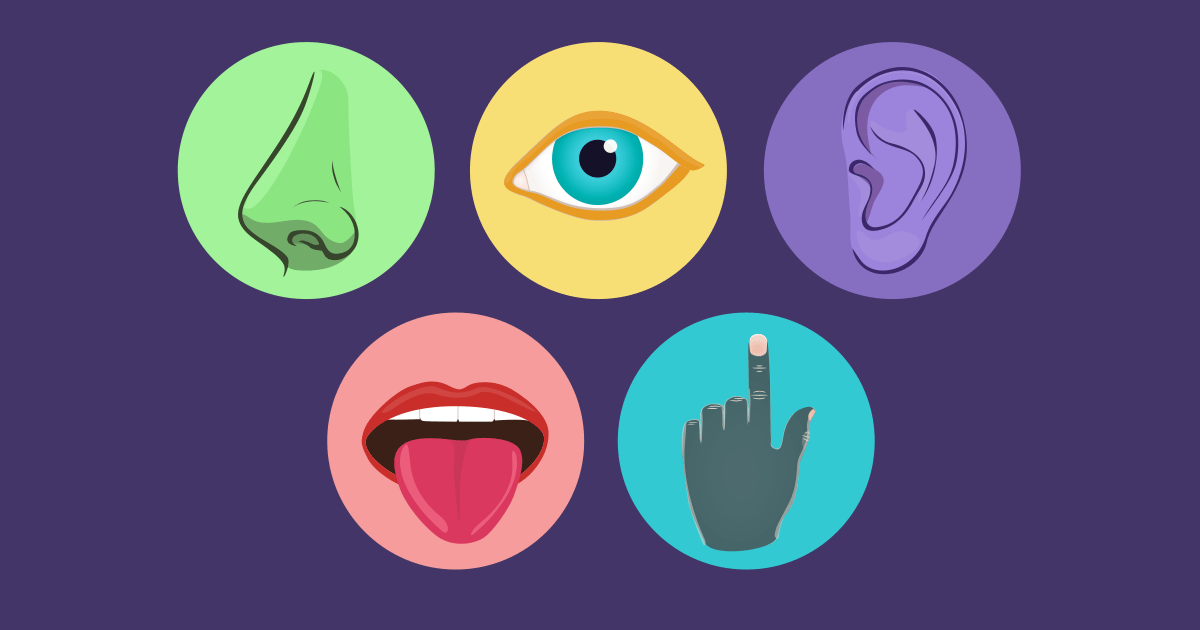
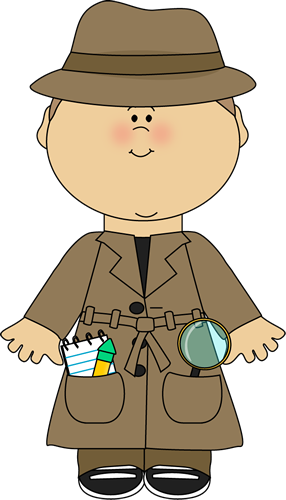
 Technology serves education, and not vice versa. Using technology effectively for learning takes time and effort.
Technology serves education, and not vice versa. Using technology effectively for learning takes time and effort. 

 Tonight was our first night with the students! We got learn what they know about science and what they expect to learn from their time with us. We accomplished this by having them take a pre-test before we started our icebreaker activities. I was helping a 2nd grader with her test and I noticed that all of the groups questions were somewhat hard for that age group. Do you agree? Although, we have a lot of 4th and 5th graders in the class and we were trying to keep their interest with the questions, I believe all the students struggled; especially after reviewing the tests results. I think that the test needs to be shorter next time and the questions a lot easier, like on a first grade level or worded differently, because the students seemed to have a little bit of anxiety trying to answer them. The students seem to be excited to learn science, especially through experiments, activities, and in groups.
Tonight was our first night with the students! We got learn what they know about science and what they expect to learn from their time with us. We accomplished this by having them take a pre-test before we started our icebreaker activities. I was helping a 2nd grader with her test and I noticed that all of the groups questions were somewhat hard for that age group. Do you agree? Although, we have a lot of 4th and 5th graders in the class and we were trying to keep their interest with the questions, I believe all the students struggled; especially after reviewing the tests results. I think that the test needs to be shorter next time and the questions a lot easier, like on a first grade level or worded differently, because the students seemed to have a little bit of anxiety trying to answer them. The students seem to be excited to learn science, especially through experiments, activities, and in groups.

